My Own Oscar Awards 2025 (Movies from 2024)
Once again, welcome to my personal analysis of my favorite movies which I like to call My Own Oscar Award. After watching most of the nominations and beyond, I couldn’t help but compare these films to each other. My personal picks focused not on the names, prestige, or past work of the filmmakers, but rather on the impact these films had on me in each category.
Each category features nominations that truly sparked something within me. I will only write about categories that I am passionate about, and I removed the animated and international films categories because, to me, film is film, they should be considered on its own merit, not medium or origins. Additionally, I have included music scores and songs that are not entirely original for the films, as I believe good music drives the narrative regardless.
I must warn you, though: my picks will look a lot different from the actual Oscar winners. In fact, I threw in films that didn’t snag a single nomination, just because it deserves a shout-out!
I hope you’re ready to get curious and keep an open mind about my unconventional picks. Who knows, you might discover a hidden gem or two! Enjoy! 🍿
Here’s the full list of my favorite movies in each category:
Best Picture: How to Make Millions Before Grandma Dies, The Seed of The Sacred Fig, Better Man
Best Original Screenplay: The Seed of The Sacred Fig, How To Make Millions Before Grandma Dies, Memoir of a Snail, A Real Pain
Best Adapted Screenplay: I’m Still Here, Conclave
Best Cinematography: Nosferatu, Dune: Part Two, Flow
Best Actor: Adrien Brody (The Brutalist), Putthipong Assaratanakul (How To Make Millions Before Grandma Dies), Timothée Chalamet (A Complete Unknown)
Best Actress: Usha Seamkhum (How To Make Millions Before Grandma Dies), Soheila Golestani (The Seed of the Sacred Fig), Mikey Madison (Anora), Ariana Grande (Wicked)
Best Director: Muhammad Rasuloff (The Seed of The Sacred Fig), George Miller (Furiosa), Better Man (Michael Gracey), Adam Elliot (Memoir of a Snail)
Best Film Editing: Better Man, Nosferatu, Furiosa: A Mad Max Saga
Best Sound: Civil War, Dune: Part Two, Flow, The Wild Robot
Best Score: Dune: Part Two, The Brutalist, The Wild Robot
Best Song: My Way (Better Man), Defying Gravity (Wicked), สวยงามเสมอ/永远/Ever-Forever (How to Make Millions Before Grandma Dies)
Best Production Design: Wicked, Dune: Part Two, Furiosa: A Mad Max Saga
Best Visual Effects: Dune: Part Two, Better Man, Kingdom of the Planet of the Apes
Best Costume Design: Wicked, Dune: Part Two, Furiosa: A Mad Max Saga
Best Makeup and Hairstyling: The Substance
Now, let’s go into the details of my decisions one by one.
Best Makeup and Hairstyling: The Substance
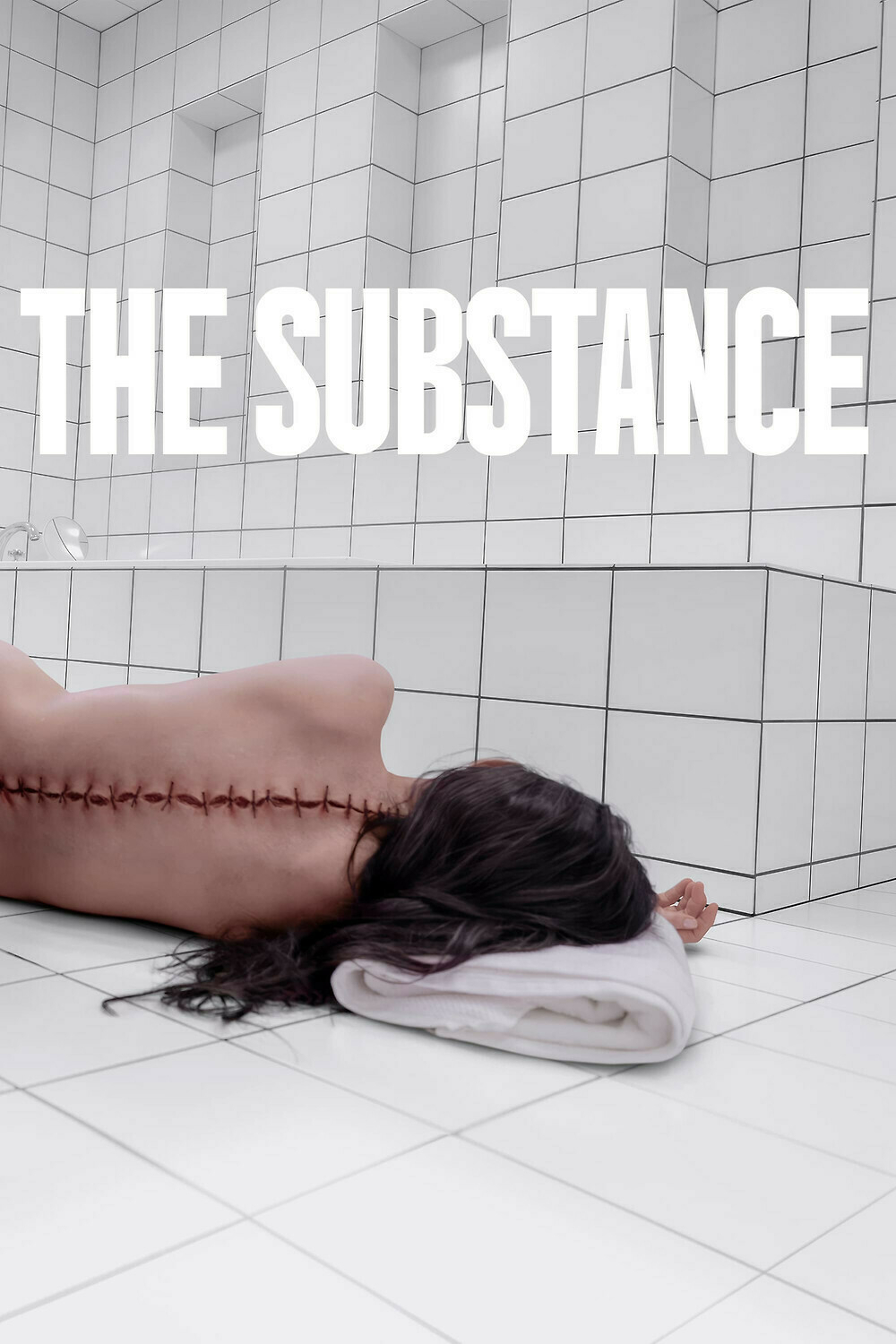
The Substance: There’s really no contest here: The Substance is the clear winner, hands down. The body horror still haunts me every time I think about it. They really went all out to get the point of grotesqueness across!
Best Costume Design: Wicked, Dune: Part Two, Furiosa: A Mad Max Saga
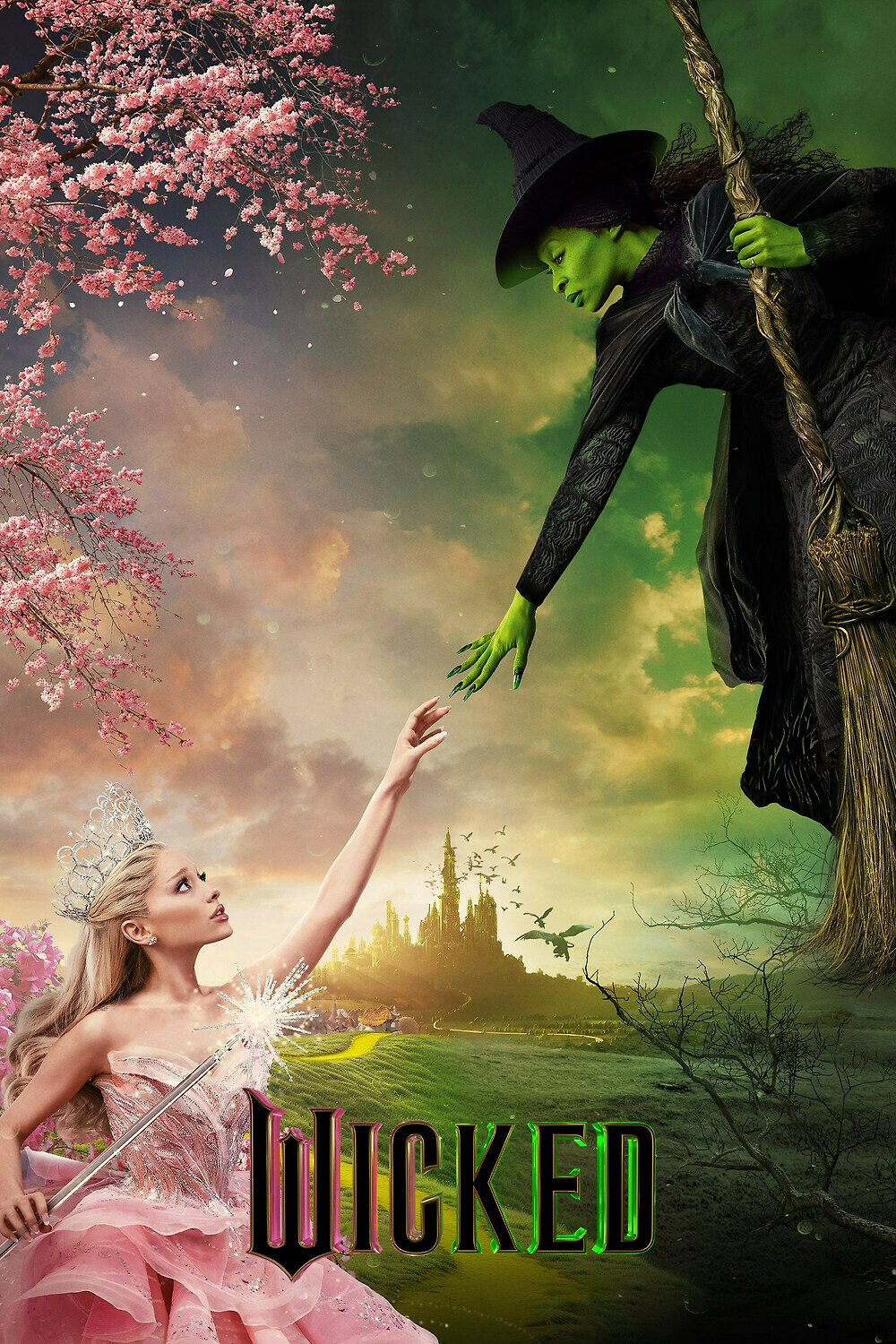
Wicked: The costume in this movie are all gorgeous with rich and detailed textures, fit the tone of elegant and magical of the story.
Dune: Part Two: It’s fascinating to witness the cultures that the movie builds within Dune’s universe. The blend of historical and futuristic styles creates new, unique cultures specifically crafted for the story. The costumes are well-crafted, each reflecting the diverse backgrounds of each character.
Furiosa: A Mad Max Saga: I just love the unique designs in the Mad Max universe. You can immediately recognize it as part of the Mad Max world. In this film, the costumes even evolve alongside Furiosa’s character, reflecting her transformation from a victim mentality to that of a badass warrior.
Best Visual Effects: Dune: Part Two, Better Man, Kingdom of the Planet of the Apes
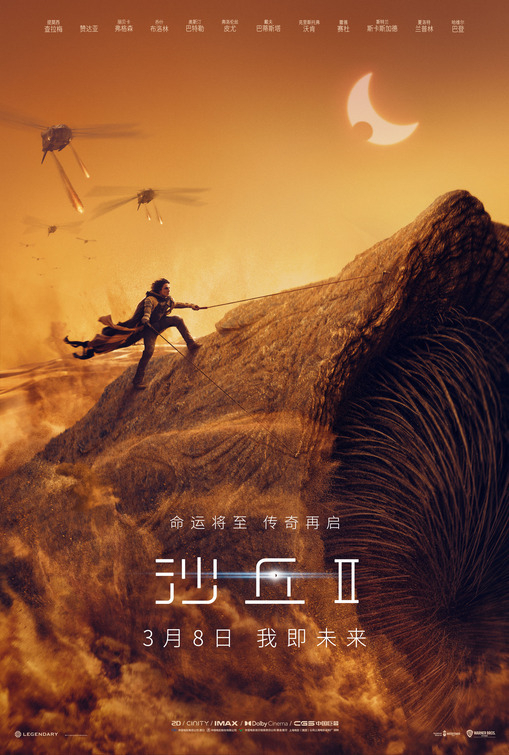
Dune: Part Two: The blend between practical and visual effects is so flawless that it truly feels like we’re looking into another world, with epic settings and stunning visuals. The sandworm riding scene has become instantly iconic.
Better Man: The filmmakers chose to make the main character a chimpanzee—dressed in fancy human clothing, performing several musical numbers, and interacting with people, even a full crown of them—acting erratic yet with such distinctly human behaviors and expressions. Throughout the entire movie! Let that sink in for a moment before arguing that it doesn’t deserve praise in this category.
Kingdom of the Planet of the Apes: The OG apes franchise that led the industry, and keeps only getting better. It got crazily too realistic, these apes might actually come and take over our world soon!
Best Production Design: Wicked, Dune: Part Two, Furiosa: A Mad Max Saga
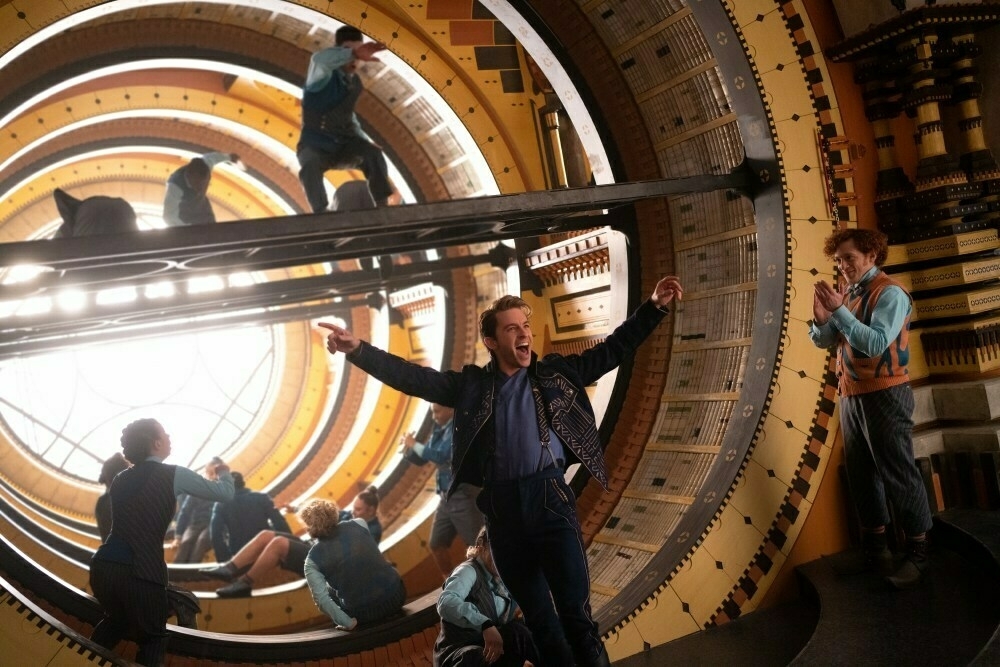
Wicked: Wicked’s production design rivals that of Barbie, yet it unfolds within a far more expansive universe. The creative team primarily uses practical sets, incorporating mechanical elements to facilitate smooth scene transitions. Each set is breathtakingly beautiful, exuding a sense of majesty and magic, with unique and stunning details that truly captivate me.
Dune: Part Two: The production of this franchise continues to expand, with meticulous attention to details in constructing an absolutely mind-blowing believable world. It offers an immersive epic visual experience, capturing an unparalleled level of scale and precision, that only a few can achieve.
Furiosa: A Mad Max Saga: Another outstanding production design that crafts a truly unique world. Every element in this film appears gritty, cool, and immersive. The creativity and innovation infused into each detail enrich the visual storytelling of this franchise, making it truly admirable. I could never tire of witnessing this extraordinary world-building unfold on screen.
Best Song: My Way (Better Man), Defying Gravity (Wicked), สวยงามเสมอ/永远/Ever-Forever (How to Make Millions Before Grandma Dies)
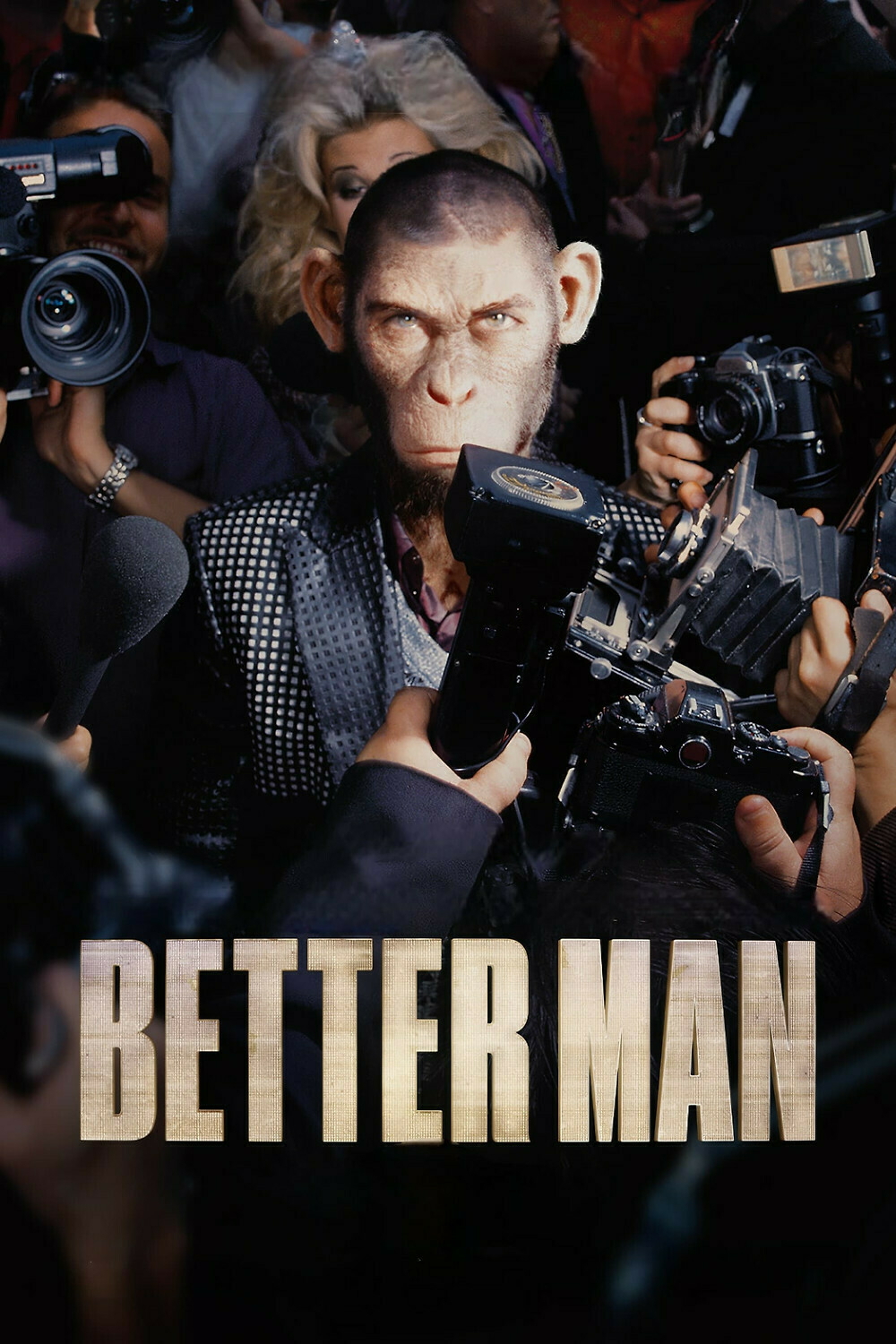
My Way (Better Man): It’s such a bliss when songs beautifully drive the narrative in a movie. This film features so many great tracks that I didn’t even want to choose favorites. I also love how the score and songs blend seamlessly in this movie. It feels like one cohesive musical piece, effectively integral with the hero’s journey in a powerful and entertaining way both in terms of emotions and storytelling.
Defying Gravity (Wicked): This has become an iconic anthem! The performance in the movie is so powerful that I find myself cheering and internally screaming throughout the entire song. Every song in this movie is also an absolute blast, and I enjoy them all.
สวยงามเสมอ/永远/Ever-Forever (How to Make Millions Before Grandma Dies): One of the most beautiful songs with such a soothing melody that evokes memories between you and your loved ones. It captures perfectly the movie’s tone and emotions. Both Thai and Chinese versions are available. I highly recommend giving it a listen, even if you don’t know the languages.
Best Score: Dune: Part Two, The Brutalist, The Wild Robot
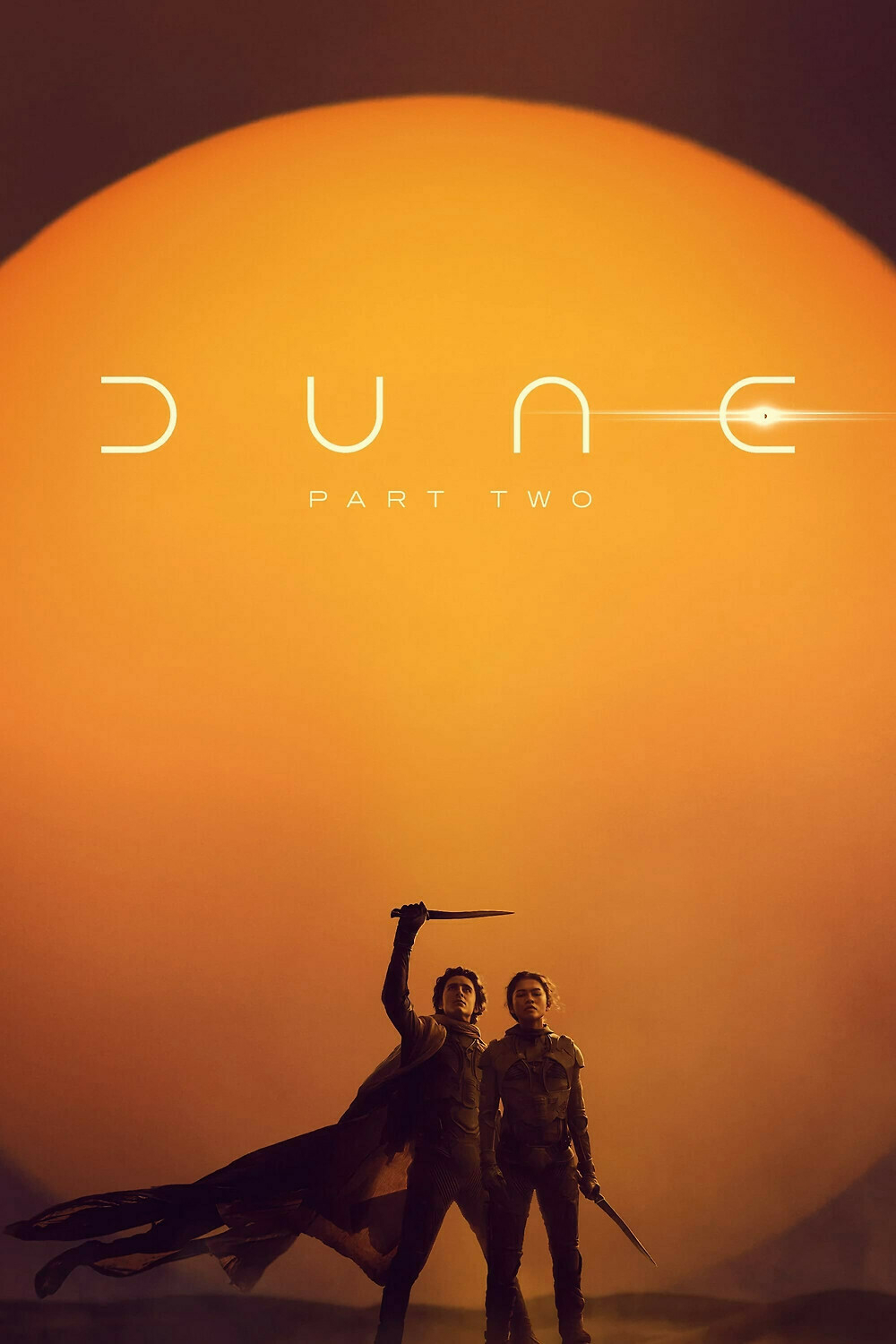
Dune: Part Two: This is not just Hans Zimmer, but PEAK Hans Zimmer! It is one of the best scores with epic themes ever. It’s remarkable how the music builds upon the foundation of the first film, evolving into something even more grand and rich, and enhancing the continuity of the storytelling.
The Brutalist: The score perfectly complemented the narrative, enhancing the emotions in each scene with stunning style—bold, strong, yet poignant. Its evocative style serves the thought-provoking discussions in the film very well. The transition shifting between grandiosity and depression feelings is seamless, adding such depth to the narrative.
The Wild Robot: This score is so rich with character, as its the dynamic and instrumental composition beautifully and playfully elevates the uplifting experience. You could close your eyes and simply enjoy the music, but combined with such a charming story and unique visual style, it elevates the entire experience to a whole new level.
Best Sound: Civil War, Dune: Part Two, Flow, The Wild Robot
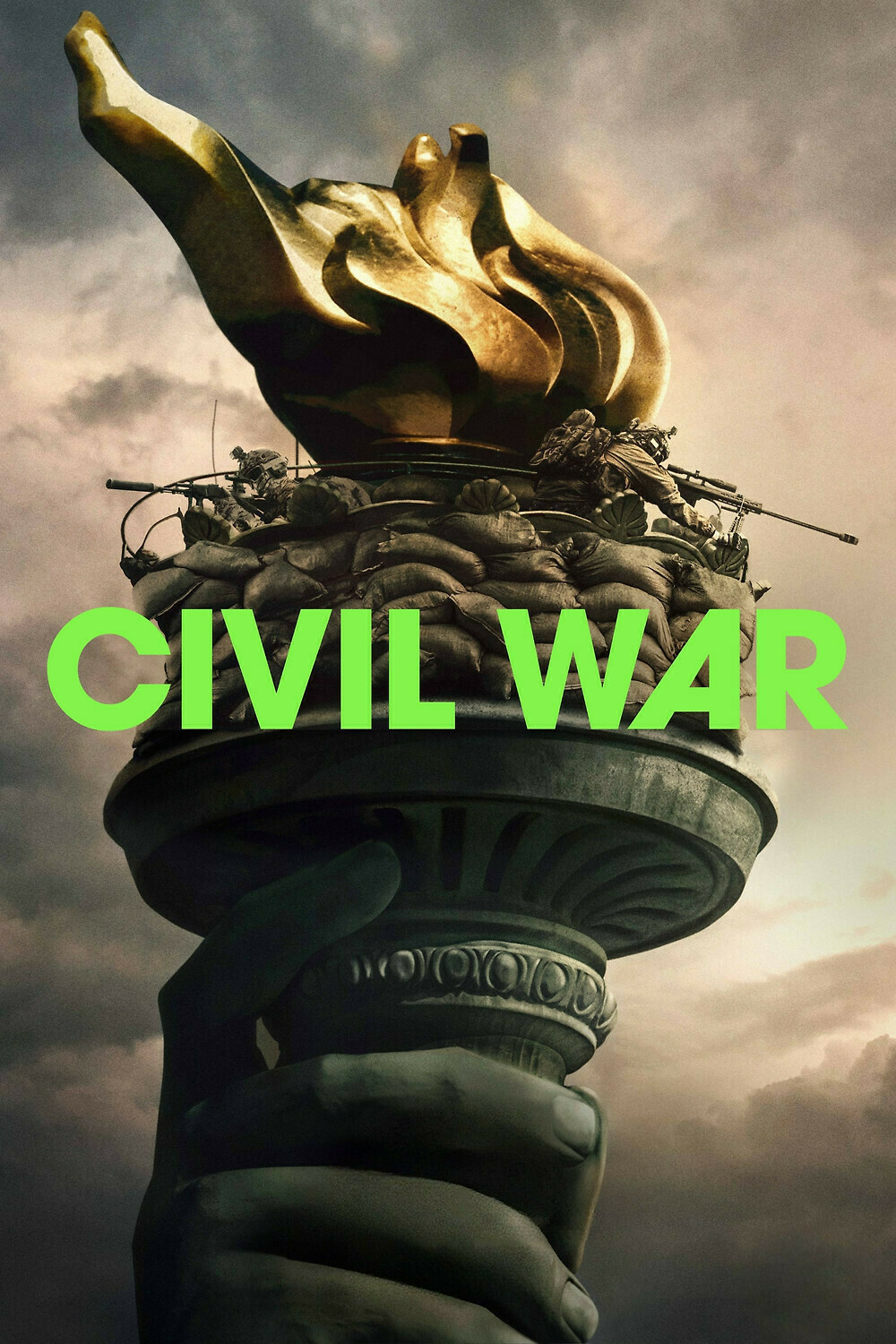
Civil War: The sound design in Civil War blew my mind (and perhaps even my eardrums, LOL). The team incredibly clever and effective ways to use sound—and the absence of it—to tell a story, create tension, and highlight the contrast between the chaos of war and moments of self-reflection amidst of it. The immersive soundscapes made me feel as if I were actually in the war zone.
Dune: Part Two: It’s incredibly realistic and immersive; it genuinely feels like these worlds exist. I felt completely transported alongside the characters. The use of sound also enhances the experience by creating an intense sense of danger and tension, keeping me on the edge of my seat.
Flow: Since this movie doesn’t have any dialogues, the filmmakers heavily relied on the natural sounds of animals and the surrounding environment. It feels as if you are in their world, coming along and joining them on their little adventure. What a lovely experience!
The Wild Robot: The sound design for this movie, particularly in the opening scene, is truly remarkable. It’s so innovative and unique, blending the futuristic and robotic elements with the natural environment. I can’t help but wonder how the film would be without dialogue for the animals, similar to the approach in Flow.
Best Film Editing: Better Man, Nosferatu, Furiosa: A Mad Max Saga
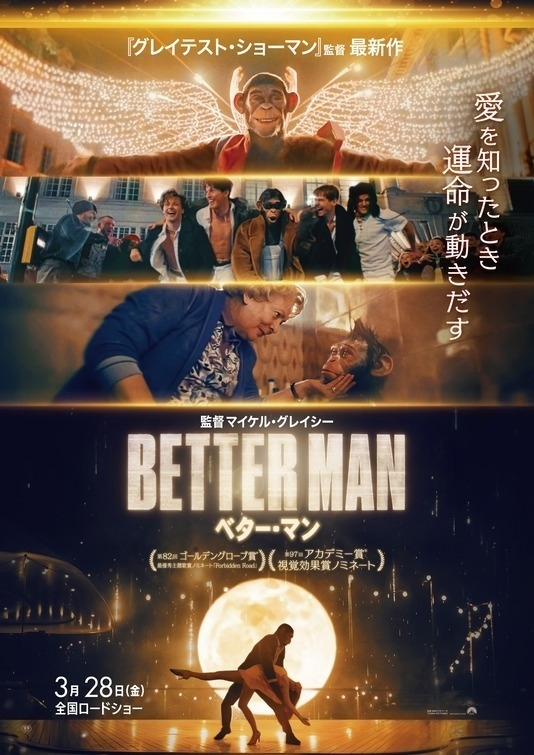
Better Man: I don’t care what others say; I believe the editing in the movie Better Man is a work of art in filmmaking. Every transition between shots and scenes is executed flawlessly and seamlessly. It not only enhances the narrative and builds tension, but also synchronizes perfectly with the soundtracks. Despite the complexity of the transitions, it all feels effortlessly cohesive. The integration of visual effects with the transitions is outstanding, creating a truly remarkable viewing experience. I find myself wondering just how much preparation was required to achieve such precise coordination on all fronts. The film unapologetically employs a stylized approach that elevates the emotions to new heights. It doesn’t conform to conventional norms, and that’s what makes the editing of this film so enjoyable. For me, Better Man is a clear standout.
Nosferatu: The film editing in Nosferatu is masterfully designed, guiding viewers towards an unsettling truth. I love this editing style; it’s brilliantly integrated with the soundscape, haunting score, and atmospheric cinematography. The first act, particularly the first castle scenes, is such exceptional editing. I found myself completely captivated, experiencing terror alongside the character. The editing is effective, skillfully intercutting scenes, setting an intentional pace, and selecting visuals with precision. Each scene is expertly cut, with the use of shadows and light enhancing the immersion, allowing you to feel the characters' emotions. Nothing is overdone, and the attention to detail is remarkable—from moments that demand a slower tempo to those that require a quickened pace. Every aspect of the editing is executed flawlessly. It creates an atmosphere that guides you toward a lurking horror that you can feel in your bones. It’s truly a standout in its genre.
Furiosa: A Mad Max Saga: In my opinion, Mad Max: Fury Road excels with some of the finest action scene editing I’ve ever seen, and Furiosa carries on that tradition. They resist the temptation to confuse viewers for the sake of creating a sense of speed. Instead, they skillfully direct our attention to the story’s central elements—the characters. This approach makes every action scene even more captivating.
Best Director: Muhammad Rasuloff (The Seed of The Sacred Fig), George Miller (Furiosa), Better Man (Michael Gracey), Adam Elliot (Memoir of a Snail)
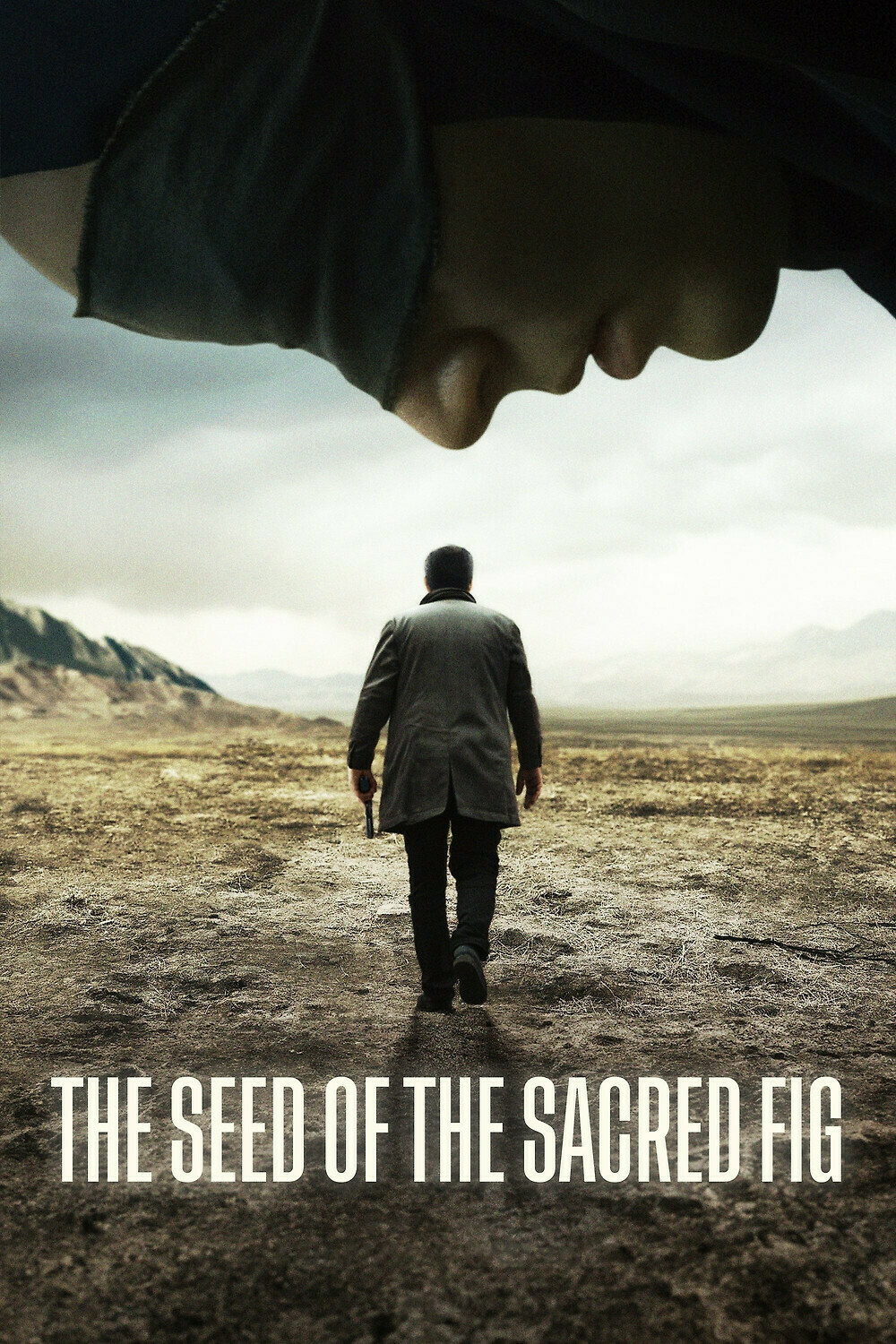
Muhammad Rasuloff (The Seed of The Sacred Fig): Movies are often crafted for entertainment, but sometimes they can also serve as powerful political statements and forms of activism. As you can see from this movie, The Seed of the Sacred Fig, directed by Muhammad Rasuloff, he doesn’t just shed light on the systemic violence, oppression, and resistance within Iran’s regime; he weaves these elements into a compelling narrative.
Rather than presenting the situation on an overwhelming scale, Rasuloff uses the metaphor of a dysfunctional family to symbolize Iranian society. This approach makes the story urgent and intimate, allowing outsiders a clearer understanding. The film does far more than deliver a message—it forges an emotional connection with the audience.
Rasuloff’s direction is both brilliant and profound. His courageous decision to create this film, despite risks to his life, underscores his commitment to using cinema as a catalyst for positive change in Iran. I wholeheartedly encourage people to watch this movie and hope his mission achieves the impact it aims for.
George Miller (Furiosa): I hold high admiration for George Miller’s unwavering commitment to the Mad Max saga and its expansive universe. Over decades, he has demonstrated an extraordinary dedication to crafting a world that is not only visually breathtaking but also profoundly thought-provoking. Through this universe, he explores the essence of humanity in an apocalyptic setting. I believe no one else could achieve what he has; his unique ability to enrich this world out of nothing more than dunes and sands settings, is unparalleled. Somehow, he imbues it with a distinctive richness, filled with culture and humanity. I remain captivated by how he continues to create an environment that feels both real and distinct.
In “Furiosa,” he further expands this universe by adding character backstories imbued with emotional depth and a compelling hero’s journey. While the film is filled with masterful, visually stunning action sequences, it never loses its narrative momentum, seamlessly advancing the plot even in the heat of battle. It’s remarkable how he crafts characters with such depth and nuance, inviting us to root for them. Furiosa, in particular, emerges from abundance only to face adversity, rising to meet challenges and proving herself to be one of the few in this universe who can stand her ground. Her resilience and perseverance define her as she discovers her identity and learns how to uplift others.
I have nothing but respect for George Miller for his love for the Mad Max universe and how he makes the character Furiosa feel like a whole person in this film.
Better Man (Michael Gracey): I now have become such a devoted fan of Michael Gracey’s work that I’ll eagerly watch any musical film he directs. He possesses a clear vision of the story he wants to tell and knows precisely how to engage the audience. He has a remarkable ability to blend and recontextualize songs within the narrative, something few can achieve, so flawlessly. Each song serves a distinct purpose, driving the narrative forward in a seemingly magical way. His meticulous approach results in a masterpiece of filmmaking and storytelling.
“Better Man” pushes the boundaries of the genre and the medium in every aspect—cinematography, visual effects, editing, musical score, choreography, and storytelling. I deeply appreciate the depth and intention behind each decision with profound layers of meaning and purpose.
One of the most striking creative choices is the decision to use a chimpanzee to portray Robbie Williams. This choice is executed brilliantly, effectively illustrating how Williams perceives himself as a performer—a metaphorical monkey on display, seemingly less evolved than humans. It also cleverly captures the concept of being paraded for entertainment, a decision I truly appreciate. Initially, the audience sees him solely as a chimpanzee, moving erratically and irrationally. However, as the story unfolds, we begin to understand his true essence and who he aspires to become.
The film doesn’t appear pretentious; instead, it tells the story in a way that captivates and entertains a broad audience effectively. A great film doesn’t need to be difficult to watch; it simply needs to convey a compelling story.
Adam Elliot (Memoir of a Snail):
There are not many directors who have such a unique and distinct style and have the dedication to his art and craft as much as Adam Elliot for his stop-motion films. With a clear vision and unwavering commitment, Elliot carves his own path, indifferent to conventional filmmaking methods. His process and style are entirely his own, and he pursues his vision relentlessly, even if it takes years to materialize. I hold him in the highest regard.
His work on “Memoir of a Snail” is a testament to his craftsmanship, with a level of detail that far surpasses ordinary imagination. From the opening scene, where myriad objects are meticulously placed, I could tell right away that the film is a labor of pure dedication, love, and passion for storytelling.
Adam Elliot deserved recognition due to his ability to blend emotional depth, technical mastery, and artistic authenticity in this remarkable film. This achievement combines all the technical aspects, all his visions, and all his styles, with such profound emotional and visual storytelling. I can tell that this movie is a summation of his own life philosophy. You could never have someone pour his soul into his art like this. I’m just grateful that I got to witness this film on the big screen and see the meticulous film production and design to its full extent.
Best Actress: Usha Seamkhum (How To Make Millions Before Grandma Dies), Soheila Golestani (The Seed of the Sacred Fig), Mikey Madison (Anora), Ariana Grande (Wicked)
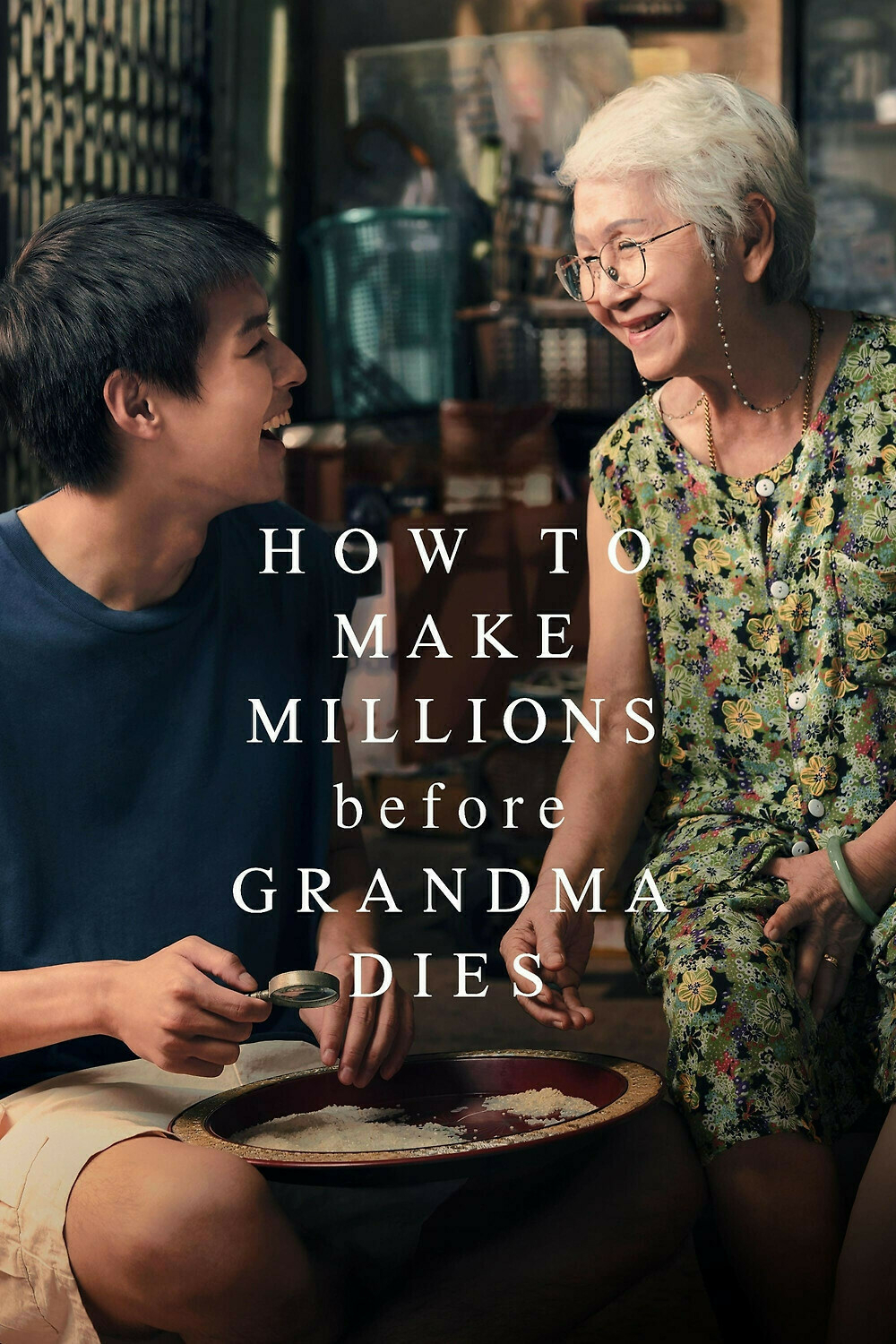
Usha Seamkhum (How To Make Millions Before Grandma Dies): This is her first acting role, and her real personality is so different from the character she plays. Yet, in my opinion, she delivered one of the best performances ever. It felt so authentic, as if there were no cameras involved at all. If you’re of Chinese descent, like me, you might mistake her for your own grandma in the way she talks and acts. Every time I looked into her eyes, I felt a sense of warmth, nostalgia, and longing. It made me want to hug my grandma after the movie ended, and I’m sure I’m not the only one who felt this way.
Soheila Golestani (The Seed of the Sacred Fig): Attempting to navigate life while witnessing the fractures in your beloved family, and striving with all your might to prevent the family you know and love from crumbling before your eyes, is such a challenging — and sometimes seemingly impossible — task. You might even find yourself being the first to crumble. This is one of the most realistic and powerful portrayals of a mother managing her household and family that I’ve ever watched.
Mikey Madison (Anora): While _Anora _isn’t my personal favorite film, there’s no denying that Mikey’s acting is exceptional. Her performance captivated me from start to finish, with her mastery of body language, subtle micro-expressions, and effective speech delivery. These elements combine to create an authentic and nuanced portrayal that brings her character to life. Much of the movie’s success can be attributed to her outstanding performance.
Ariana Grande (Wicked): I just want to give a shout-out to her portrayal of Glinda. I absolutely had a blast watching her perform and sing throughout the movie.
Best Actor: Adrien Brody (The Brutalist), Putthipong Assaratanakul (How To Make Millions Before Grandma Dies), Timothée Chalamet (A Complete Unknown)
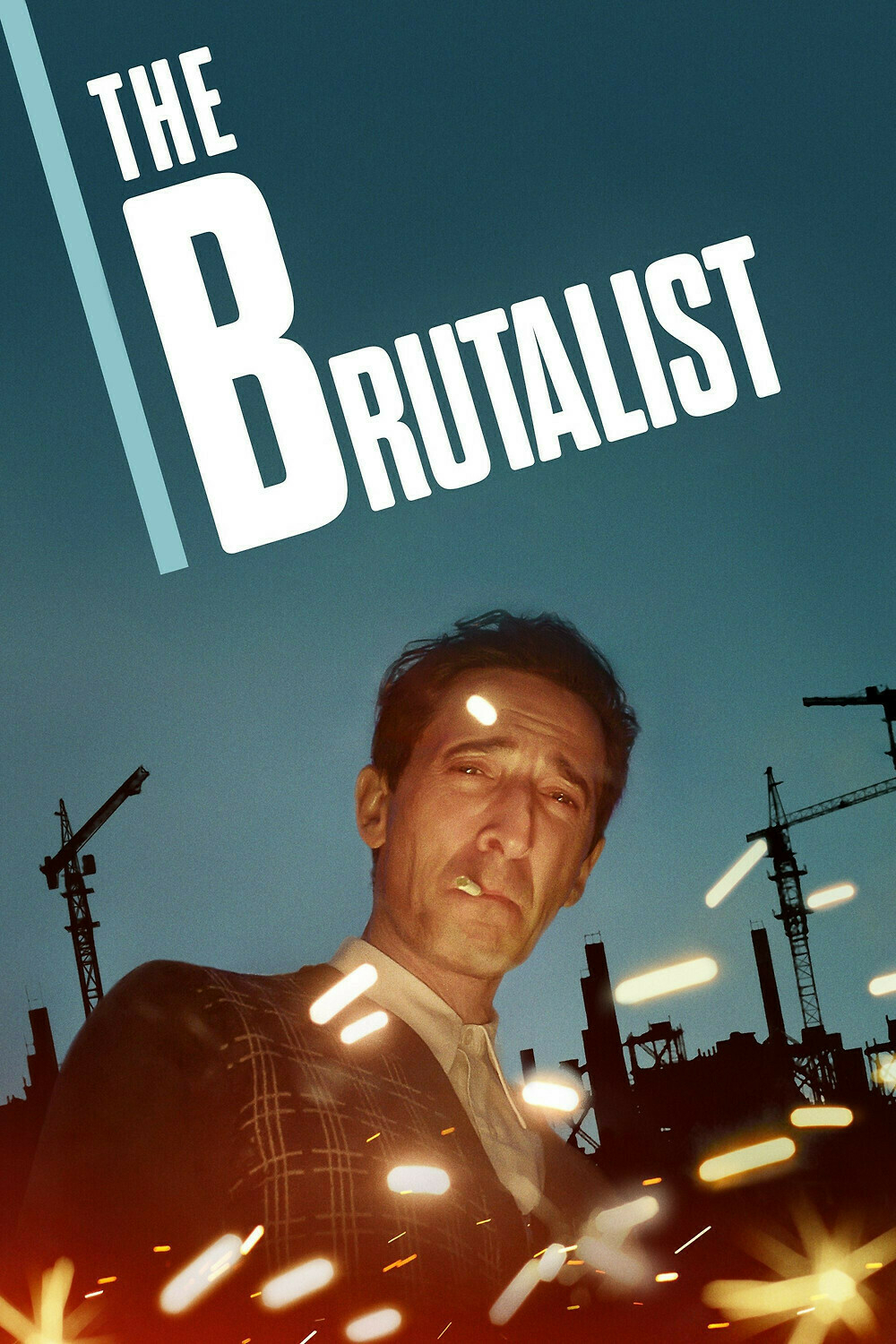
Adrien Brody (The Brutalist): Adrien Brody delivers a masterful and challenging performance as László Tóth, a Holocaust survivor and architect. He navigates the multifaceted journey of his character with remarkable depth, capturing the struggles of an immigrant in a hostile environment. Brody’s portrayal is rich in emotional complexity, showing a wide range of feelings—from hope and determination to despair and frustration, from moments of happiness to profound depression. His nuanced acting allows audiences to witness the spectrum of pain, joy, and the subtle shifts in expression as his character adapts to changing circumstances. Through his performance, he powerfully conveys László’s suffering, resilience, artistic passion, and the despair that ensues when everything begins to fall apart. Brody’s portrayal is truly exceptional and truly deserves recognition.
Putthipong Assaratanakul (How To Make Millions Before Grandma Dies): One of the most devastated crying performances I’ve ever seen, it absolutely wrecked me. I love how his acting subtly reflects his character’s evolving understanding and shifting perspectives on life, all conveyed with minimal dialogue. He is exceptionally talented at expressing genuine emotions.
Timothée Chalamet (A Complete Unknown): Singing, playing guitar, and playing harmonica simultaneously is challenging enough for any artist. However, he does all this while also portraying the real-life character of Bob Dylan, performing everything live! And…he absolutely nails it all!
Best Cinematography: Nosferatu, Dune: Part Two, Flow
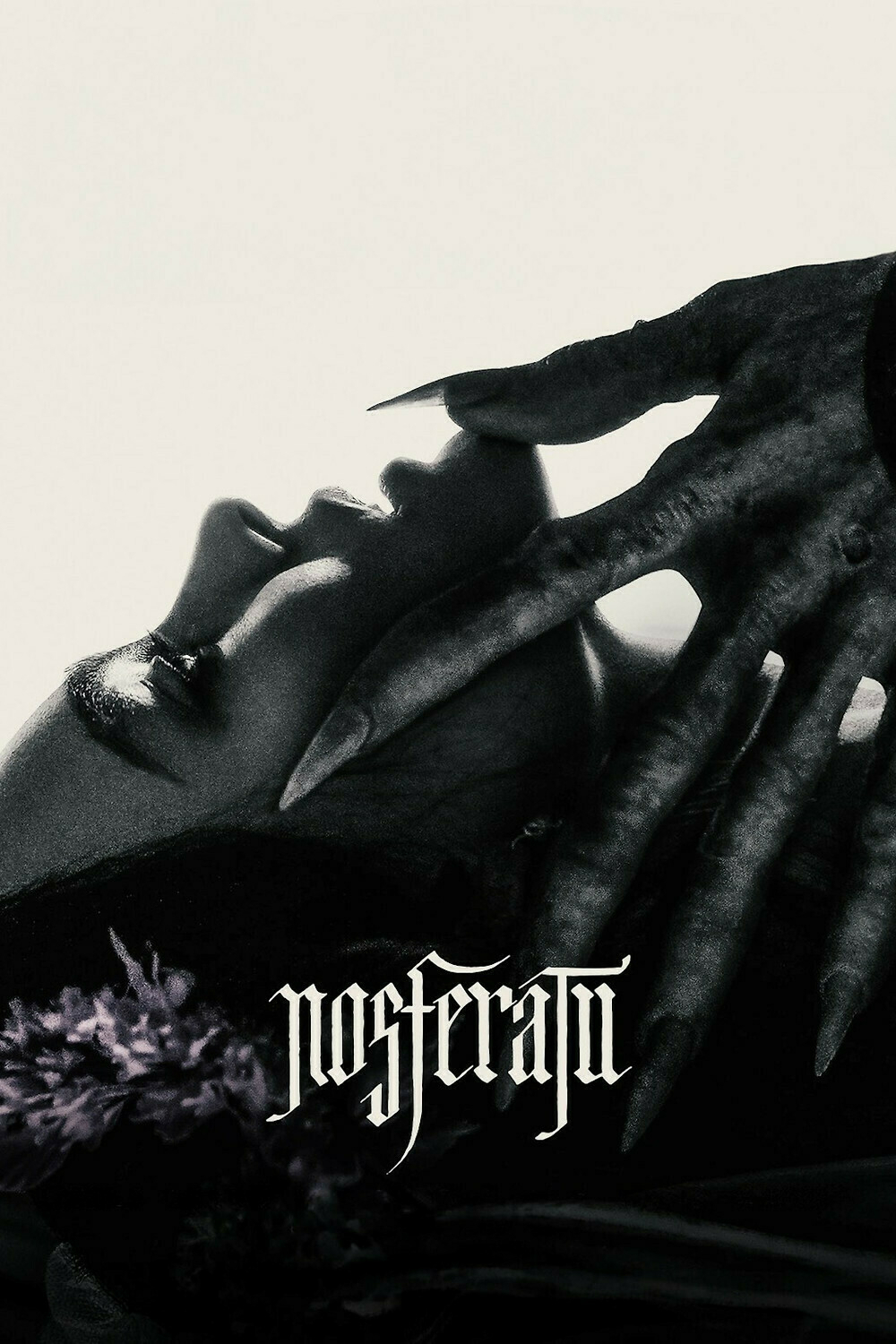
Nosferatu:
“Nosferatu” undoubtedly showcases the best cinematography of the year. It stands as a masterpiece in both cinematography and filmmaking as a whole. The film is crafted with exceptional skill. The brilliance lies not only in its visuals, but also in the techniques employed to evoke a sense of darkness and shadow. It is ideal for horror visuals—haunting and immersive. Each scene is framed meticulously, embracing a gothic visual style.
I admire the use of uninterrupted, long takes that allow the viewer to closely observe the characters and settings, immersing themselves in each moment. The approach to color is equally brilliant; rather than relying solely on black and white, the film incorporates pale colors to evoke a feeling of life being slowly drained away, akin to a vampire draining its victim’s blood.
In my view, it’s a work of pure genius—remarkably immersive and achieving its creative aims flawlessly. I have no critiques; it comes as close to perfection as possible for this type of story and genre. The aesthetic is unmatched. I genuinely believe this ranks among the best cinematographic experiences.
Dune: Part Two: This movie features some of the most impressive and epic cinematography I have ever seen, with numerous memorable scenes that are sure to become iconic in the film industry. I appreciate how the filmmakers are not hesitant to depict the vast scale of world-building within the Dune universe, rather than focusing solely on the characters. Unlike most movies that maintain a close focus on the characters, “Dune: Part Two” allows us to experience the grandeur of its world. The characters often take a back seat, enabling the audience to fully immerse themselves in the film’s atmosphere and scenery. The dune scenes, in particular, are breathtaking; they transport you right into the desert, making you feel the heat and drought, yet remain in awe of nature at the expansive desert landscape. The use of color is incredibly effective throughout the film. In the scenes on Giedi Prime, the transition to black and white is used to differentiate it from the other worlds in the Dune universe, adding a wonderful artistic touch to the movie. I truly love the film’s grand scale and visual storytelling. It truly is an epic experience.
Flow: There’s no other movie that allows you to immerse yourself in a character’s natural state quite like “Flow." It allows you to observe the interactions of each animal in their natural environment, capturing their essence with authenticity. The movie refrains from exaggeration; it simply places you alongside the characters. Without the need for thought-provoking dialogue, it simply lets the animals be themselves. I find it remarkable that even without dialogue, you can still understand each character so clearly. It’s a bold choice that works beautifully. And the way everything flows along throughout the story is just one of the most soothing experiences on screen.
Best Adapted Screenplay: I’m Still Here, Conclave
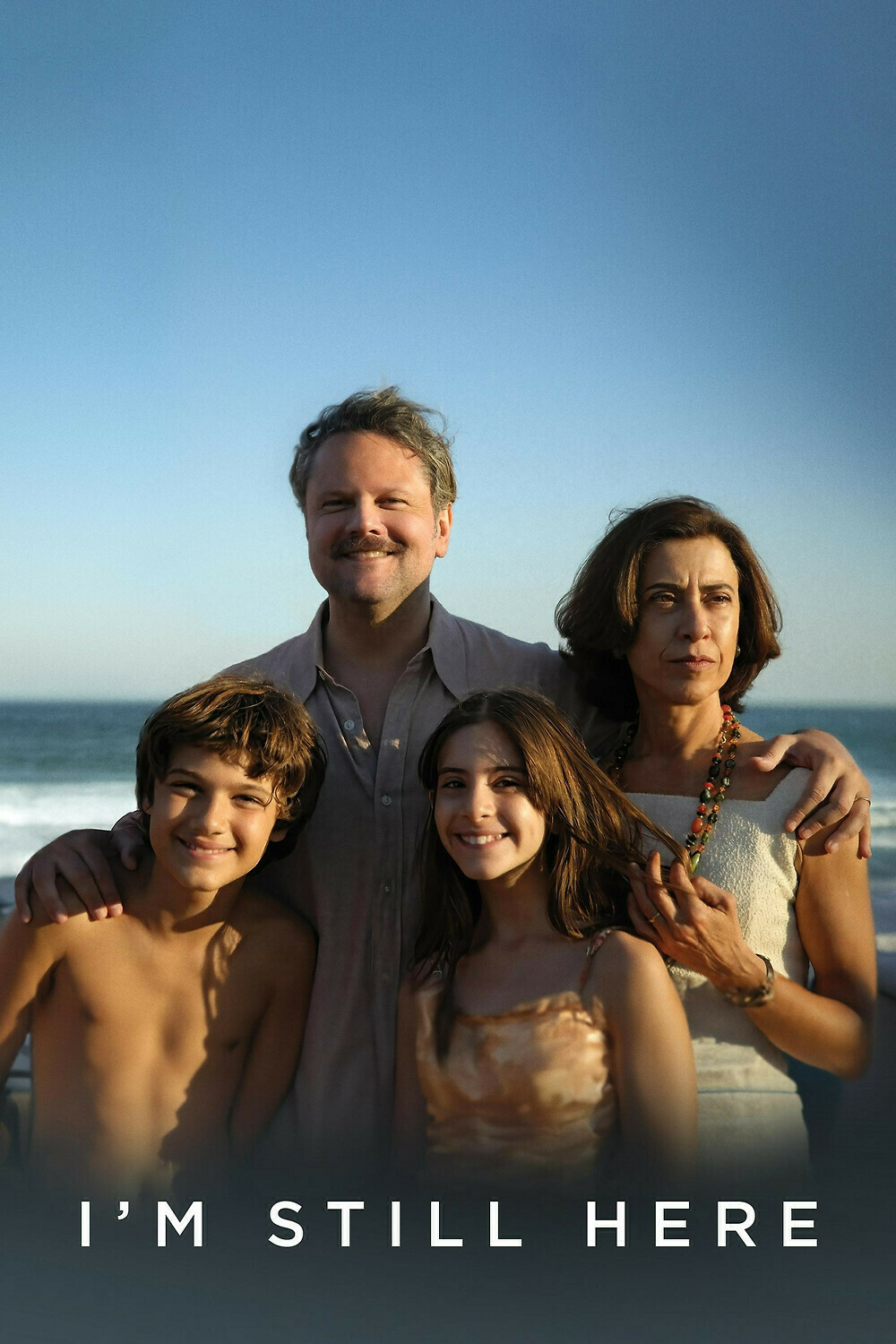
I’m Still Here: I love the screenplay of this movie. The decision to let audiences bask in the happy memories of the family, only to abruptly snatch away their joy through the forced disappearance of a family member, is a brilliant storytelling strategy. This approach amplifies the story’s horror and despair while simultaneously infusing it with hope and resilience. By illustrating how each character gradually rekindles the warmth of a loving family, the film highlights the enduring spirit of humanity. Additionally, I appreciate how the film spans a long period, allowing us to witness the emotional aftermath and how it impacts each character at different stages of their lives. This long-term perspective enriches the emotional depth of the story, making it a poignant exploration of loss and perseverance.
Conclave: I really love how this film explores the theme of faith in a complex, nuanced, and thought-provoking manner, all within a short span of time. The movie remains thrilling and engaging, even with such a profound subject. I particularly appreciate how it helps us distinguish faith from institutions, while also encouraging us to question and examine our beliefs in both. This movie doesn’t just tell a story; it invites us to ponder faith and reflect upon our beliefs before drawing conclusions alongside the characters. “Faith is a living thing” has now become one of my favorite movie quotes.
Best Original Screenplay: The Seed of the Sacred Fig, How to Make Millions Before Grandma Dies, Memoir of a Snail, A Real Pain
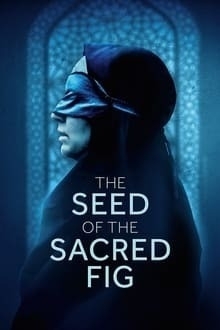
The Seed of the Sacred Fig: I cannot overstate what a brilliant move it is to use the complexities of family dynamics as a representation for society as a whole. It not only clarifies the underlying message with the metaphor but also serves as a reminder that these issues are closely tied to our everyday realities. The screenplay is exceptional, whether viewed through the lens of family drama or as a political statement. The narrative depicts this family, exploring the cracks within relationships and how they can eventually tear a family apart—gradually at first, until suddenly everything crumbles. The details and interactions between the characters are fantastic, addressing moral dilemmas and offering social commentary. Each dialogue is rich with meaning, purpose, and authenticity. This movie brilliantly captures the struggle of living under an oppressive regime. It is a powerful and significant film that deserves praise in every category because it excels in all aspects.
How to Make Millions Before Grandma Dies:
One thing I truly love about the movie How to Make Millions Before Grandma Dies is its screenplay. Crafting a script with a slice-of-life style while maintaining a tight narrative is challenging, yet this film accomplishes it masterfully. Every element serves a purpose; there are no unnecessary details. Each mention in the script contributes to building the narrative, culminating in a satisfying conclusion that provides the film with a sense of closure.
As a Thai person of Chinese descent, I can attest to the authenticity of the dialogue and setting. They didn’t try to embellish it or add sprinkles to make it flashy. Instead, they captured the raw and genuine way people communicate in real life. Yet, somehow, it becomes so powerful in its delivery, within the context of the story.
The screenplay conveys such genuine emotion that it makes you forget you’re watching a movie. While there may be many other remarkable scripts, this one holds a special place in my heart for its authenticity and emotional depth. It resonates with me in a way that no other film could, and the best portrayal of family relationships in my culture. I felt so at home the whole movie.
Memoir of a Snail: The screenplay of Memoir of a Snail feels like a novel—it’s incredibly poetic. Each line unfolds as a narrative, guided by a singular narrator throughout the film. Without a tightly crafted script grounded in profound writing, the movie wouldn’t have the same impact. Essentially, the film is a continuous monologue that is both strikingly bleak and beautifully melancholic. It’s impressive how the script weaves together themes of hope and despair, with every line and word resonating and making us question our life philosophy. This is a remarkable script that truly deserves greater recognition.
A Real Pain: I was captivated by the screenplay’s exploration of pain, which was presented in such a dynamic, multifaceted, and nuanced way. The film is both well-structured and authentic, seamlessly integrating settings, characters, interactions, and dialogues that resonate with real life. I truly appreciate how this movie offers a profoundly insightful examination of the complex and varied pains we all experience, alongside the love and compassion that often accompany them. It made me feel like we are all travelers on a shared journey of suffering and contentment in life together.
Best Picture: How to Make Millions Before Grandma Dies, The Seed of The Sacred Fig, Better Man
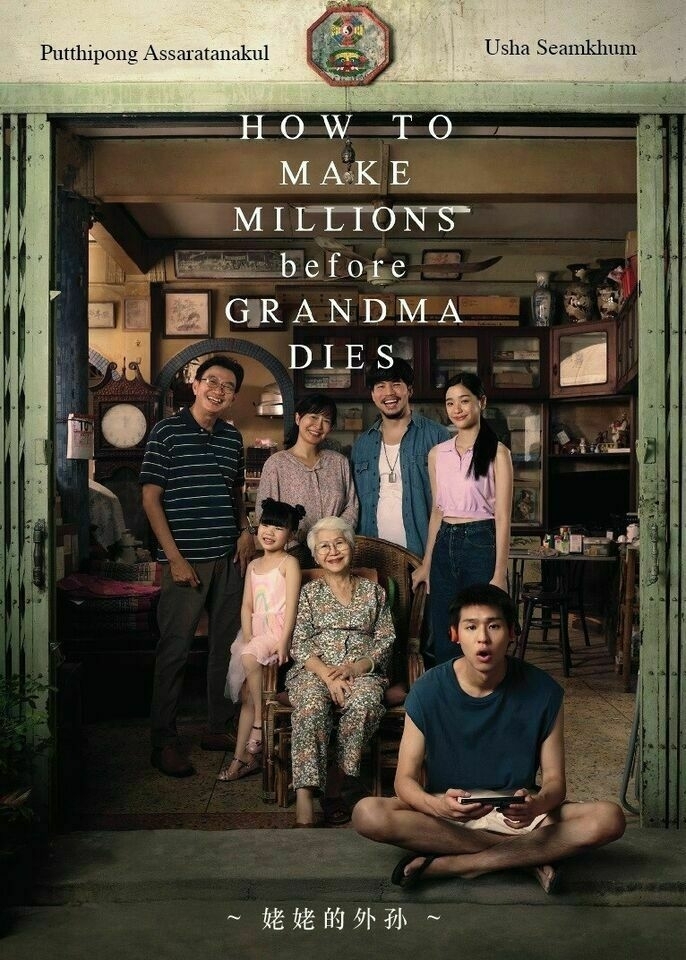
How to Make Millions Before Grandma Dies:
How to Make Millions Before Grandma Dies is a fantastic movie. I may be a bit biased because I’m Thai with Chinese descent, and the movie essentially mirrors my life experiences. However, despite cultural differences, life and death are universal themes, and I believe everyone will find the story heartfelt and will make you cry. I still feel an emotional lump in my throat every time I recall this film. It’s remarkably touching and resonates with me profoundly.
I watched this movie, and just a few months later, my grandmother passed away. I can’t say for certain if it offered premature closure, but it greatly helped me cope with my grief. This film made me feel like I had finally found my way home and will always hold a special place in my heart.
The Seed of the Sacred Fig:
This is the movie I want to define the year—one where filmmaking is both emotional and profound, simultaneously making a statement while captivating hearts. It’s a film that pushes boundaries yet remains firmly rooted in its cultural identity. It embodies a deep understanding of the current situation, while still burning brightly with hope, ready to pass the torch to anyone daring enough to take the chance.
Better Man:
If you haven’t realized this by now, let me spell it out for you: I love “Better Man.”
I mean, what more could you possibly want in a movie? It’s innovative and spectacular. It blends genres masterfully (Hell, there’s even an epic action scene in this musical biopic!) The editing is top-notch, keeping you invested in the characters throughout the story. It has wonderful character development with a satisfying arc. The musical numbers are fantastic, with top-notch choreography. The visual effects are done in a way that you can’t help but feel in awe of the art of filmmaking. And it’s just so damn entertaining from start to finish. Seriously, what more could you possibly want? This is cinema. There’s no way this could be achieved in any other format, any other medium. I genuinely love this movie.
Bonus: My takes on other Best Picture Nominations and why it didn’t get picked by me.
The storytelling is the top priority in my criteria for Best Picture. Then, I’ll look for how well other aspects support that narrative. If the story itself fell flat to me, it’d be difficult to be my winner.
Anora: While I appreciate the film’s execution, I just don’t personally love the story enough to say it’s my favorite.
A Complete Unknown: The performances are outstanding, but the screenplay doesn’t measure up to those in other films.
Conclave: I greatly admire the movie for its significant intellectual impact on me. However, there are other films that resonate with me on a deeper level.
Emilia Pérez: I believe that Emilia Perez movie is a disgrace among the incredible films on this year’s list. It seems they could have included any other movie, and it would have been a far better choice. It’s truly baffling what they were thinking. I feel disheartened for every film that got snubbed, especially Furiosa: A Mad Max Saga, Better Man, and How to Make Millions Before Grandma Dies.
I’m Still Here: This movie features one of the most compelling interrogation scenes. The film is expertly crafted, conveying significant messages that resonate on multiple levels. However, the storyline feels somewhat removed from my personal experiences, making it challenging for me to form a deep connection with it.
Nickel Boys: I appreciate the concept of capturing the first-person point of view on paper, but the execution left me feeling detached rather than invested in the characters most of the time. However, I must admit that there are some remarkable scenes that I personally love.
The Substance: The last act feels somewhat excessive and detracts from the core message. Despite this, I still appreciate the unique style this movie brings to the table.
Wicked: While it’s undeniably a top-tier musical, the color grading choices somewhat diminish its impact. Additionally, the screenplay is not comparable to other movies.
The Brutalist: I genuinely believe that The Brutalist is a remarkable film, and this movie has one of the best opening scenes in my opinion. However, I find its style a bit too performative for my taste. I can admire the film’s technical prowess and the crafted complex backstories of each character; they certainly come across as real individuals on paper. Yet, the more I watch, the more I notice the performative nature of the film, which detracts from my overall experience. Ultimately, while I recognize The Brutalist as an outstanding piece of cinema, it doesn’t resonate with me personally in the deeper level and doesn’t rank among my favorite films.
Dune: Part Two: This movie is undoubtedly a remarkable achievement within the sci-fi genre, showcasing a truly epic grand scale and few films can match. It stands as one of the most epic cinemas, and I truly admire Denis Villeneuve for his dedication and passion in bringing this story to life.
However, I find myself at odds with his directorial choices. In my view, he tends to overlook many elements that contribute to what makes “Dune” exceptional, choosing instead to focus only on religious fanaticism and some political tension.
For instance, it frustrates me that he devoted so much screen time to the arena scenes at the expense of deeper dialogue or a clearer understanding of the significance of Paul’s visions in his character arc, which is so crucial to Dune Messiah’s storyline.
Instead of gradually unfolding the narrative in “Dune Part Two” to lead seamlessly into “Dune Messiah,” we might end up with a rushed explanation of complex themes, or worse, an omission from nuance subjects, especially the philosophical questions, altogether in Dune Messiah. Either way, such a tonal shift of the story could be jarring for general audiences.
Ultimately, I find it difficult to embrace this film as wholeheartedly as I had hoped, despite being a longtime fan of Villeneuve. This is the first time he has disappointed me, and no matter how hard I try, I just can’t seem to muster the enthusiasm I wanted to feel.
I, personally, prefer “Dune Messiah” over the first “Dune” novel, and I fear that Denis Villeneuve might opt for a different interpretation altogether. Please don’t butcher this book!